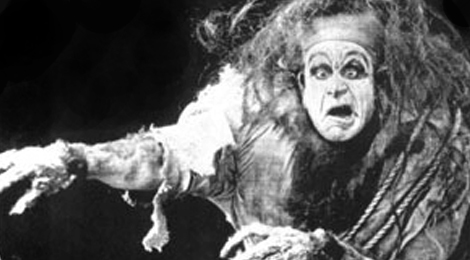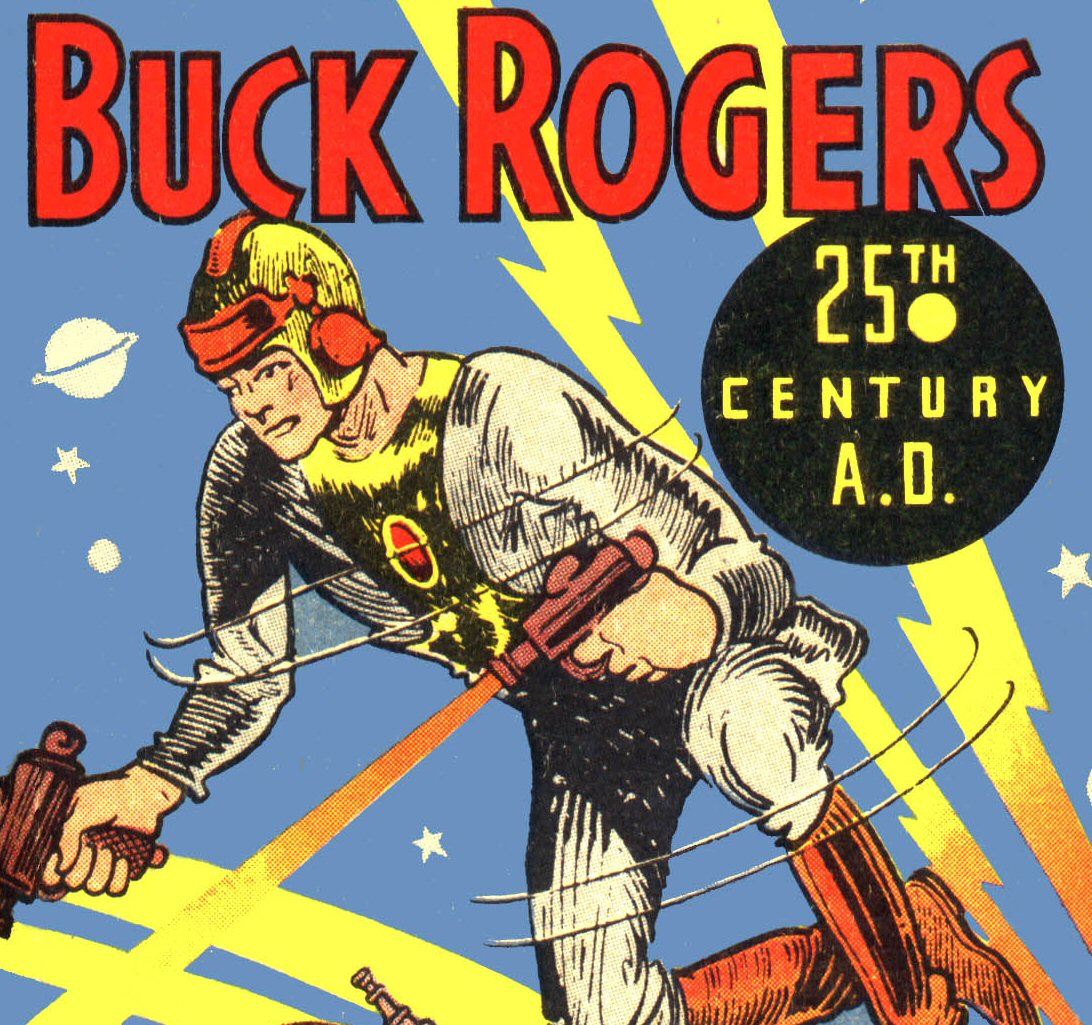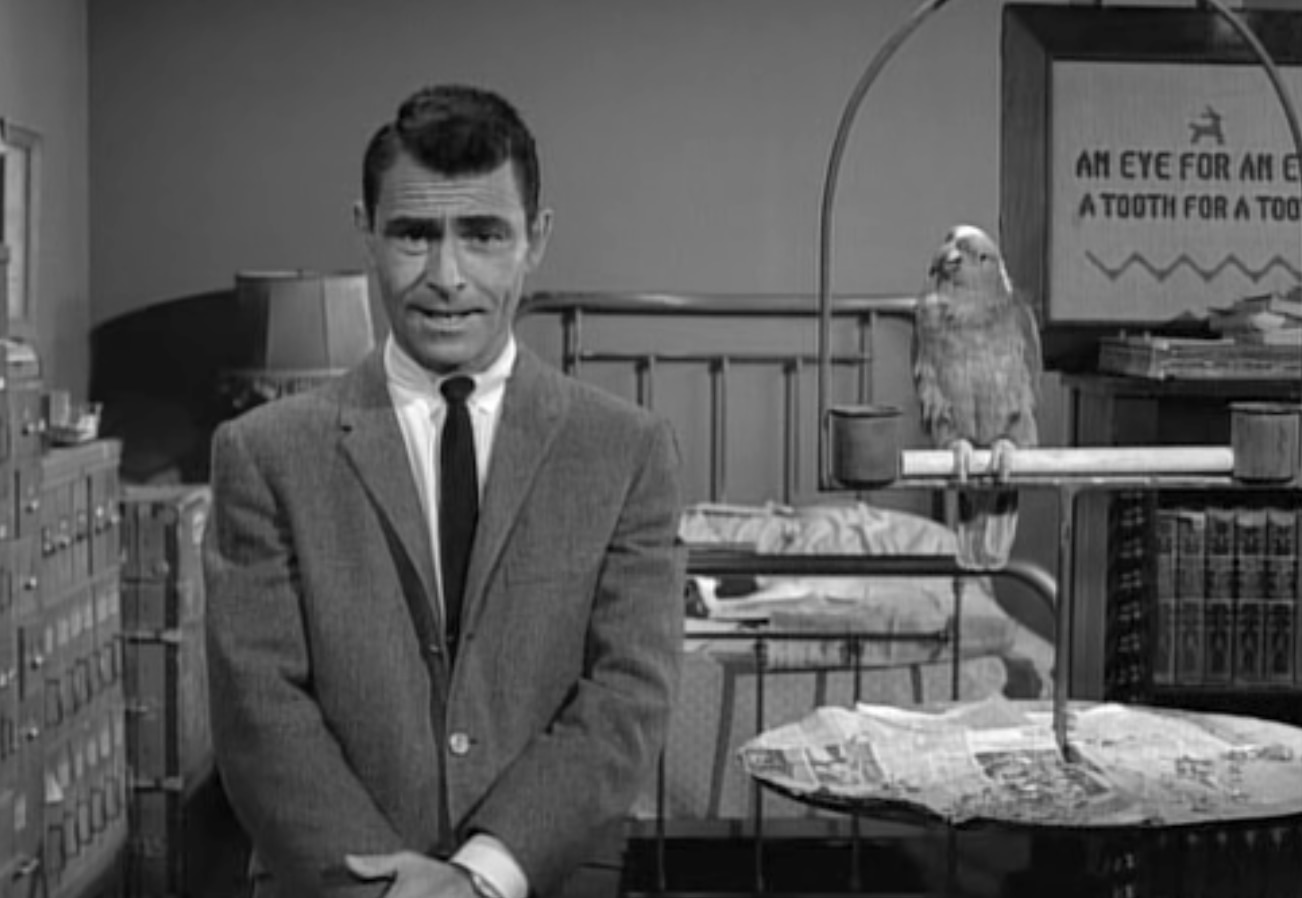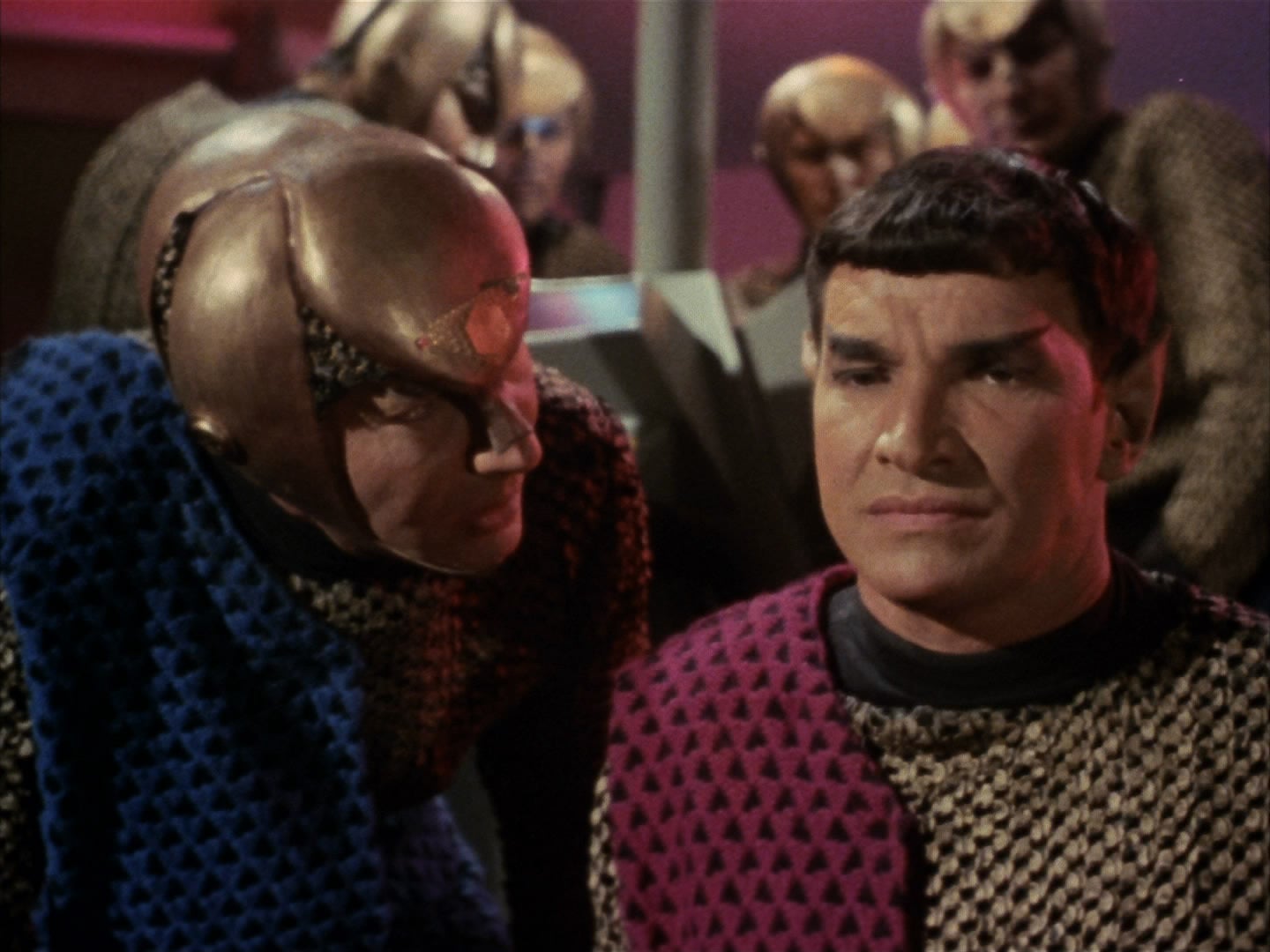Some were ridiculous. Some were hokey. Some were over-the-top. And some were classics. The 1950s was the decade in which science fiction took over the cinema. Although the first science fiction film was technically released in 1902, it wasn’t until the 1950s that technology and public interest intersected so that science fiction could become a film genre as well as a literary genre. The films that came from the 50s pioneered and inspired concepts which continue to shape science fiction to this day.
Here are 5 of the classics that revolutionized the genre and the industry.
5. 20,000 Leagues Under the Sea (1954)-

In the 1950s, Walt Disney decided to make his first foray into live action film, with an adaptation of Jules Verne’s 20,000 Leagues Under the Sea. The studio spared no expense to make the film as visually stunning as possible, and it ended up being one of the most expensive films made up to that date. However, Disney more than made up for their lavish costs, as the colorful, steampunk adventure was an incredible success. It holds the distinction not only of being the first live-action Disney film, but also of being the first science fiction movie filmed with CinemaScope technology.
4. Forbidden Planet (1956)-

If you are a fan of Star Trek, or Star Wars, and you watch Forbidden Planet for the first time, it may seem a little familiar. That is because Forbidden Planet had a great impact on both Gene Roddenberry and George Lucas. (When I first watched the film, I felt like I was watching a prologue to Star Trek: The Original Series pilot, “The Cage”). Based off Shakespeare’s The Tempest, Forbidden Planet peeks into the depths of the human soul through the technicolor lense of science fiction film. Forbidden Planet is also the debut film for Robbie the Robot, an iconic machine who would go on to have a fascinating carreer of his own in television and movies.
3. Invasion of the Body Snatchers (1956)-

Invasion of the Body Snatchers successfully encapsulated the fears of the American public at the time of its release. With communism on the outside and mccarthyism on the inside, it seemed to some individual identity was being suppressed at every turn. The special effects of Invasion of the Body Snatchers is minimal, but that only serves to make the aliens portrayed in the film all the more terrifying. Though it was not well-received by critics at first, it has since been hailed as an important landmark in science fiction, film, and cultural history.
2. The War of the Worlds (1953)-

It seems like it’s hard to go wrong with The War of The Worlds. First, H.G. Wells published it as the quintessential alien invasion story in 1898. Next, Orson Welles crafted it into the frighteningly realistic radio drama that had listeners watching the stars in 1938. Then, in 1953, director Byron Haskin adapted into the most popular science fiction film of the year. The special effects and sound effects of the film stand the test of time, and have made a definite impact on popular culture. Each adaptation of The War of the Worlds has appealed to the time and culture of its audience, and the 1953 version does so masterfully, seamlessly weaving nuclear themes into the premise of the story.
1. The Day the Earth Stood Still (1951)-

The Day the Earth Stood still is a surprising film. It begins with the same basic plot as many alien invasion stories, where a flying saucer lands, and people panic. This time, however, the alien is not the threat- the humans are. Told in a thoughtful and sympathetic manner, this Cold War morality tale is perhaps one of the most unique films of the decade, and of the alien-invasion sub genre. Its well-deserved status as a classic has turned peaceful invader Klaatu, and his robot assistant Gort into icons referenced throughout science fiction and pop culture.
What movies would you have added to this list? What are your favorite 1950s science fiction films, and why? I’d love to hear from you in the comments!
Keep on glowing in the dark,
Elora































.jpg/revision/latest?cb=20130729211624)
